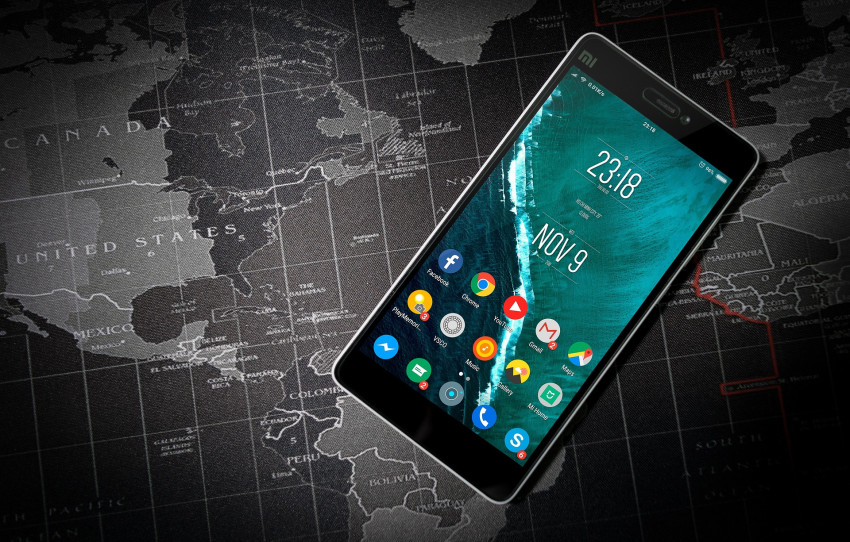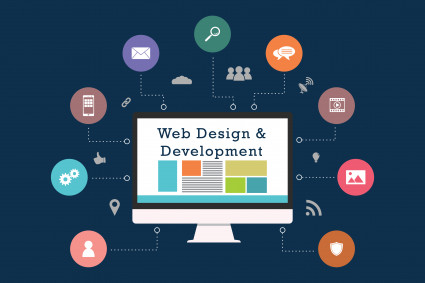
A mobile application created by mobile application development companies in Sri Lanka, is a software application designed to run on a device, such as a smartphone or tablet. This type of mobile application development refers to the process of creating such applications for these devices. This involves designing, coding, testing, and launching it on app stores or marketplaces. The goal of this is to provide users with a seamless and engaging experience on their mobile devices. With the increased use of smart phones and other similar devices, more and more people are using them to carry out their day-to-day activities and these applications have become increasingly popular for several reasons:
· Convenience: These applications provide users with easy and convenient access to a variety of services and information, making their lives more efficient and streamlined.
· Ubiquity of mobile devices: The widespread adoption of smartphones and tablets has made them accessible to a large number of people.
· Personalization: They allow for a highly personalized experience, as they can be customized to meet the unique needs and preferences of each user.
· Offline access: Many of these applications allow users to access and use their features even without an internet connection, making them a convenient solution for many tasks.
· Improved User Experience: They are designed with the specific smart device in mind, offering a more intuitive and user-friendly experience compared to accessing the same services through a web browser.
Overall, the combination of convenience, accessibility, and improved user experience has led to the growing popularity of mobile apps and web development services.
What are some of the most top mobile app development trends now?
If you are thinking of developing an application such as these, here are some of the top trends in 2023.
· Artificial Intelligence and Machine Learning:
AI and ML are becoming increasingly popular, allowing for more personalized and intelligent experiences. Artificial Intelligence (AI) refers to the ability of machines to perform tasks that would normally require human intelligence, such as recognizing patterns, making decisions, and solving problems. AI technology has advanced greatly in recent years, and is now being applied to a wide range of applications, including mobile applications. Machine Learning (ML) is a subfield of AI that involves the use of algorithms and statistical models to enable machines to automatically improve their performance on a specific task, without being explicitly programmed. The goal of ML is to develop models and algorithms that allow computers to learn from data, rather than having to be explicitly programmed for each task.
AI and ML are being used to enhance the user experience and provide more personalized and intelligent services. For example, AI-powered personal assistants can help users manage their schedule, while ML algorithms can be used to provide more accurate and relevant recommendations and insights.
· Multi-platform development
Cross-platform app development frameworks are becoming more popular, allowing developers to build applications that run on multiple platforms, such as iOS and Android. The goal of multi-platform development is to reach the largest possible audience by making the app available on as many platforms as possible.
In the case of application development, multi-platform development can be achieved through the use of cross-platform development frameworks, such as React Native or Flutter, which allow developers to build apps that can run on both iOS and Android platforms, using a single codebase. This approach can reduce development time and costs, as well as ensure a consistent user experience across platforms. Additionally, multi-platform development can make it easier to maintain and update the app, as changes only need to be made in one place, rather than in separate codebases for each platform.
· Internet of Things (IoT)
IoT is becoming increasingly integrated into these types of apps, allowing for connected devices to be controlled and monitored through a single application. The Internet of Things (IoT) refers to the network of physical devices, vehicles, home appliances, and other items that are embedded with sensors, software, and connectivity, allowing them to collect and exchange data. IoT enables these devices to connect and communicate with each other and with other internet-enabled devices and systems.
IoT is being integrated into many applications to allow for greater control and monitoring of connected devices. For example, a mobile app might allow a user to remotely control their smart home devices, such as lighting, temperature, and security systems, or monitor their health and fitness using connected wearable devices.
IoT is expected to play a significant role in the future of mobile application development, as the number of connected devices continues to grow and the need for seamless integration and control of these devices increases.
· 5G Technology
The rollout of 5G technology is expected to bring faster download and upload speeds, lower latency, and improved network coverage, leading to more advanced and sophisticated apps. 5G is the fifth-generation wireless technology for digital cellular networks. It is a new and advanced version of mobile networks that promises faster download and upload speeds, lower latency, and improved network coverage compared to previous generations of mobile technology.
When it comes to application development, the rollout of 5G technology is expected to bring several benefits, including the ability to support more advanced and sophisticated mobile apps. For example, 5G networks will enable real-time communication, augmented reality and virtual reality experiences, and the ability to process large amounts of data in real-time. The faster and more reliable connectivity provided by 5G technology is also expected to drive innovation in areas such as the Internet of Things (IoT), enabling connected devices to communicate and exchange data more quickly and efficiently.
Overall, the rollout of 5G technology is expected to have a significant impact on mobile app development, providing new opportunities and capabilities for developers to create more advanced and innovative applications.
· Chatbots and Voice Assistants
The integration of chatbots and voice assistants into such developments is becoming more widespread, allowing for more convenient and hands-free user interactions. Chatbots and Voice Assistants are forms of artificial intelligence (AI) that are designed to communicate with humans in natural language.
Chatbots are computer programs that use natural language processing (NLP) and other AI techniques to simulate human-like conversations with users. They can be integrated into websites, and messaging platforms, allowing users to interact with them through text-based messages. Voice assistants are similar to chatbots, but they are designed to be used with voice commands, rather than text-based inputs. Popular examples of voice assistants include Siri, Alexa, and Google Assistant.
In this type of development, chatbots and voice assistants are becoming increasingly popular as a way to enhance the user experience and provide more convenient and hands-free interactions. For example, a chatbot might be integrated into a shopping site to provide product recommendations, while a voice assistant might be integrated into a smart home app to allow users to control their connected devices using voice commands.
· Progressive Web Apps (PWA)
PWAs are web apps that look and feel like native mobile programmes, offering a more convenient and accessible alternative for users. They are a type of web application that use modern web technologies to provide a user experience that is similar to that of a native mobile app. PWAs are designed to work offline, be fast and responsive, and be installed on the user's home screen.
When it comes to these types of development, PWAs provide an alternative to traditional native apps, which are built specifically for a particular operating system, such as iOS or Android. PWAs can be accessed from any device with a modern web browser, and can be built using standard web technologies, such as HTML, CSS, and JavaScript.
PWAs offer several advantages over traditional native apps, including lower development costs, easier distribution and maintenance, and improved accessibility and discoverability. Additionally, because PWAs are built using web technologies, they can be updated and maintained in real-time, without the need for users to download and install updates through app stores.
· Augmented Reality (AR) and Virtual Reality (VR)
AR and VR are becoming increasingly integrated into mobile apps, offering more immersive and interactive experiences. Augmented Reality (AR) and Virtual Reality (VR) are technologies that allow users to experience digital content in a way that is immersive and interactive.
Augmented Reality (AR) is a technology that enhances the physical world with digital information and graphics. AR allows users to see the real world through their device's camera, while also superimposing digital information, such as images, videos, and 3D models, over the real world. Virtual Reality (VR) is a technology that creates a fully-immersive digital environment. VR users wear a headset that blocks out the physical world and replaces it with a computer-generated world. VR can be used for a variety of applications, including gaming, training, and simulation.
In these types of development, AR and VR are being integrated into many apps to provide new and innovative user experiences. For example, an AR might allow users to see how furniture would look in their homes before making a purchase, while a VR might allow users to explore and experience a virtual world.


